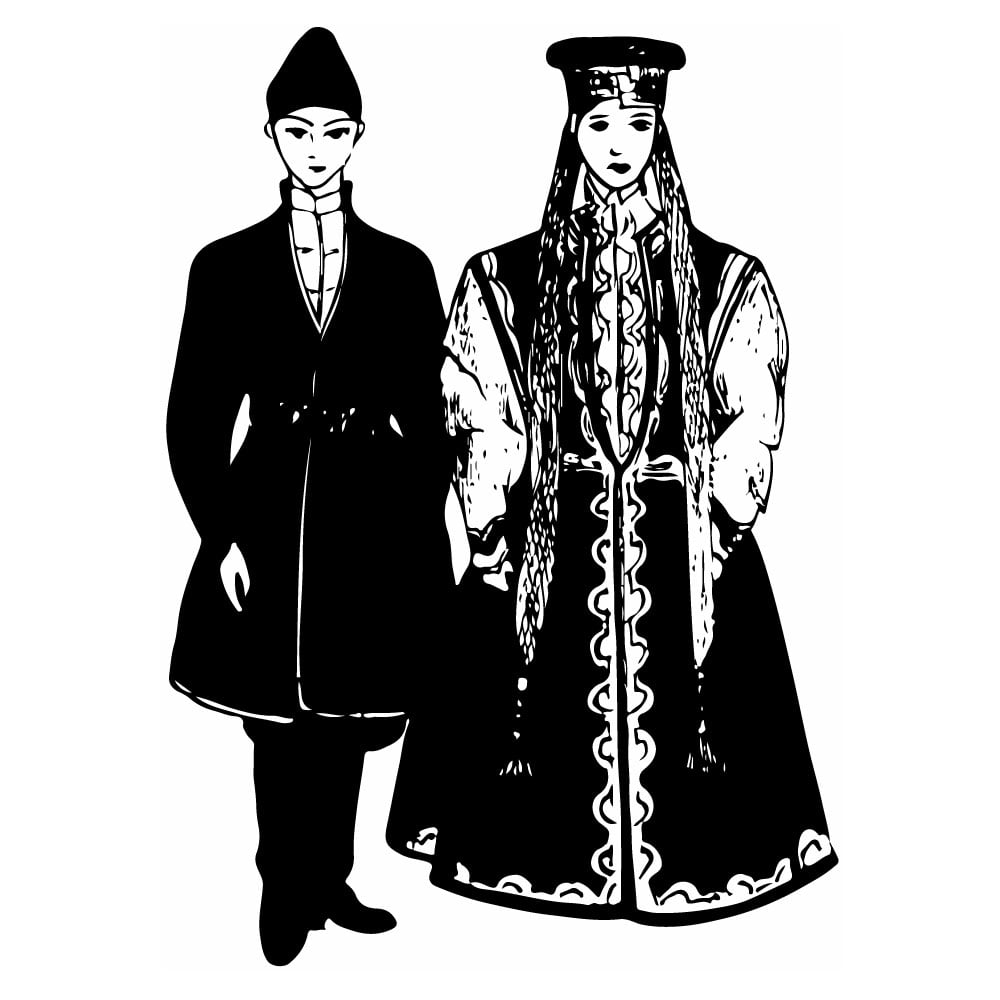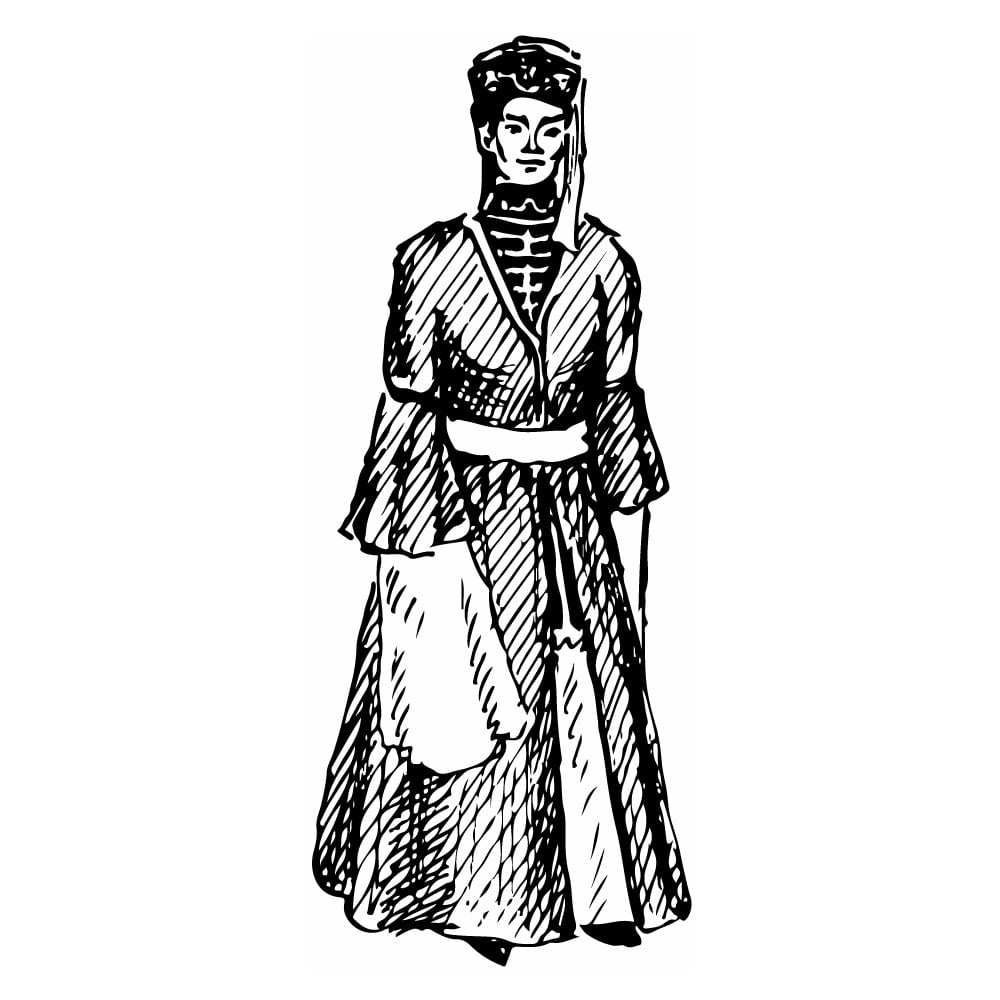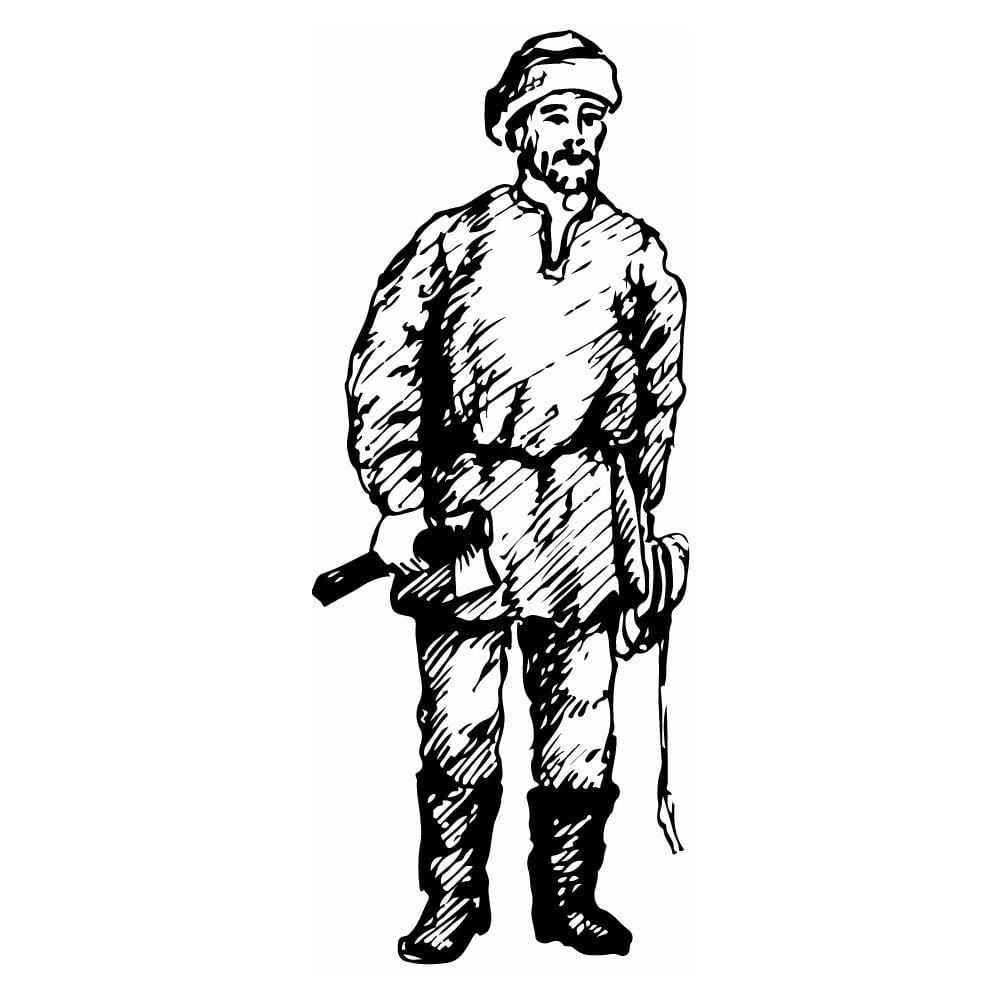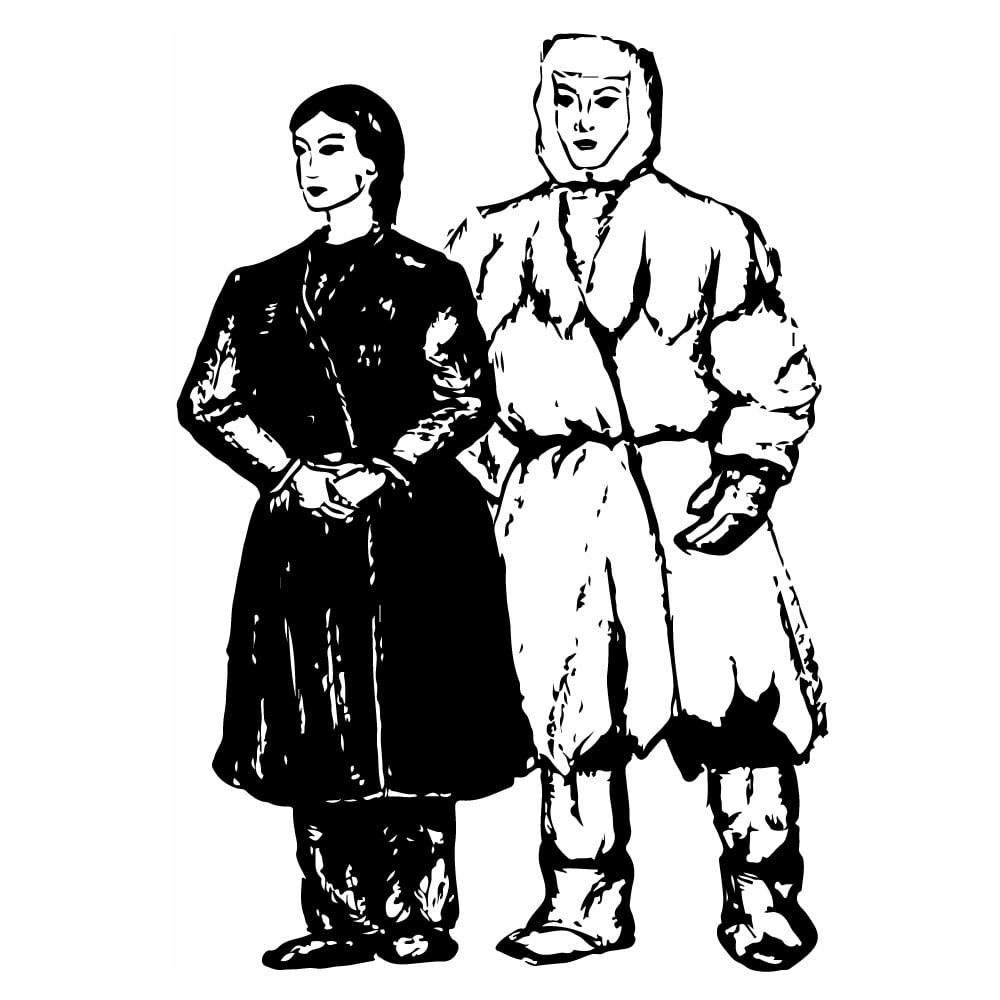Dolgans
| Population | 6,900 |
| Language group | Turkic languages |
| Language | Yakut |
| Region | Taimyr national region |
| Religion | Christianity, Animism |
*Population estimates for 1994
The Dolgans are the part of the population in the Taimyr national region. At present day, the Dolgans speak a special dialect of the Yakut language. The Dolgans named themselves “dulgaan.” This is the name of one of the tribes. In the nineteenth century, it spread to all of the Dolgans.
According to data from Russian sources, the territory of the contemporary Dolgans was occupied by the ancestors of the Nganasans. Groups of the Tungus origin (the Dolgans, Adzhin, Keryntuos, and Dongots) constituted later as the nucleus of the Dolgan nationality which lived at that time in the distant region from Taimyr. During the eighteenth century, the ancestors of the contemporary Dolgans moved to the northwest where they entered Yakut local settlement as separate tribes. During the eighteenth and nineteenth centuries, the process of mutual drawing nearer took place in that region. The Yakut language became predominant.
In the past hunting, reindeer breeding, and fishing (in some districts) were the main occupations of the Dolgans. Not so long ago, the Dolgans lived a nomadic life. Reindeer-breeding is the main branch of farming at present. People have access to medical and general educational establishments.
There are more than a dozen various kinds of their national clothing. One of the peculiarities is a rather long hem at back. At the beginning of the twentieth century, the Dolgans made their clothes with some bought cloth. Men wore shirts and trousers of the Russian cut while the women wore dresses; however, they did not wear underclothes. In the summer and winter they put on woolen caftans. In frosty weather, they wore fur coats under the caftans. Their clothes were girdled with a belt embroidered with beads. A winter caftan for men looked almost like that of Evenks. At present time, the Dolgans wear ready-made clothes which they buy.
Though the Dolgans were considered to be Christians and kept to the customs and rites of Orthodoxy, they also maintained their old animistic beliefs. They believed in spirits, and shamans were the mediators between the spirits and people. The Dolgans also honored so called “saitaans.” Saitaans could be different things with the spirit, which were inspired by the shaman. Saitaans were respected as family and hunting protectors.
Dolgan folk poetry includes riddles, fairy-tales, historical legends, bylinas, and stories of everyday life. Fairy tales about animals are especially popular.
As to Dolgans’ fine arts, it was applied. All their clothes for holidays and weekdays were decorated with beads and narrow stripes women’s work. Men’s art was connected with treatment of mammoth bones. They were skillful in encrustation with copper and silver. Wooden sculpture of religious purpose was widely spread.
This is Ad 1





























